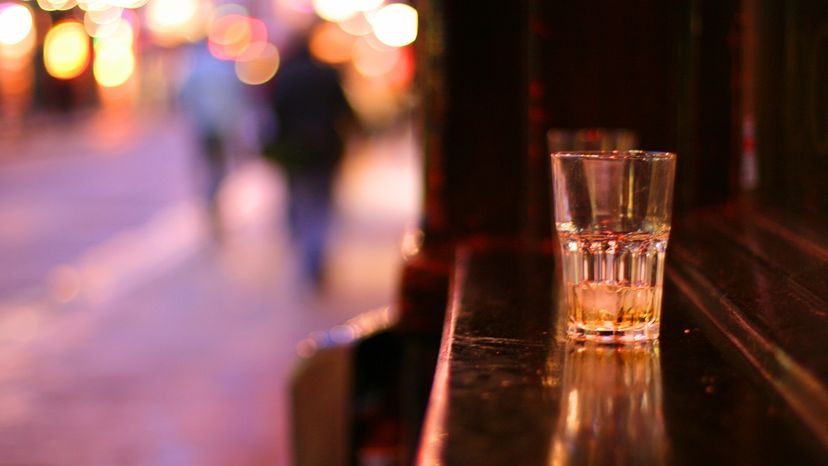 “The alcohol industry in England relies heavily on big drinkers to make sales. Ekaterina Nosenko/Moment/Getty Images
“The alcohol industry in England relies heavily on big drinkers to make sales. Ekaterina Nosenko/Moment/Getty Images
Here’s an instance where a small group making a big difference might not be such a good thing: Four percent of England’s drinkers account for 30 percent of the country’s alcohol consumption, which equates to 23 percent of industry revenue. So, if these imbibers, and other big drinkers, curtailed their alcohol consumption to recommended levels, it would definitely be better for their short- and long-term health. But it would almost certainly spell disaster for the alcohol sales industry, which relies on heavy drinkers for prosperity. These findings come from a study published in the Aug. 22, 2018, issue of the journal Addiction.
Confined only to England, the study looked at data gleaned from two national surveys conducted in 2013 and 2014 (the Health Survey for England, as well as the Living Costs and Food Survey). Between the two, nearly 17,000 people and almost 10,000 households responded. Participants were queried about alcohol consumption habits, among other things.
"We estimated the proportion of alcohol sales revenue accounted for by drinkers above guideline levels, and how this varies between different beverage and retailer types. We then estimated the impact on sales revenue if the entire population reduced their drinking to within guideline levels, as well as the average price increases necessary to compensate for such a loss of revenue," the researchers write in the study.
They discovered that 68 percent of total alcohol sales revenue can be attributed to people who drink above guideline levels. "If all consumers reduced their drinking to within guideline levels, alcohol sales revenue could decline by 38 percent (£13 billion)," they write in the study. "To mitigate this loss, average prices paid would have to rise substantially — for example, by £2.64 [roughly $3.42] for a pint of on‐trade beer or £12.25 [about $15.88] for a 70cl [almost 1.5 pints] bottle of off‐trade spirits."
"In England, the alcohol industry appears to be highly financially dependent upon heavy drinking, and might face significant financial losses were consumers to drink within guideline levels," they further note in the study. These findings, while bleak for industry, aren’t likely to come true anytime soon, however, as alcohol consumption continues to rise in prevalence. In fact, 56 percent of Americans surveyed reported that they drank in the last month, according to the 2015 National Survey on Drug Use and Health.
Though the alcohol industry might breathe a sigh of relief about this, the rest of the world shouldn’t – alcohol use continues to come at a cost of many lives and dollars, with alcohol misuse landing as the fifth leading risk factor for disability and premature death, and 5.9 percent of all deaths globally in 2012, says the World Health Organization. It also contributes to more than 200 major diseases and injury conditions, such as cancers, injuries, liver cirrhosis and alcohol dependence, which often spell billions in health care costs.
Now That’s Important
U.K. health experts recommend no more than 14 units of alcohol per week, which equates to about six glasses of wine or six pints of lager/ale. The U.S.-based Centers for Disease Control and Prevention recommends no more than one drink per day for women and two per day for men, although they are quick to point out that even extremely low levels of alcohol per day (less than one drink) can cause increased cancer risk.































